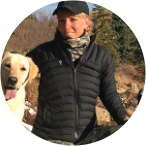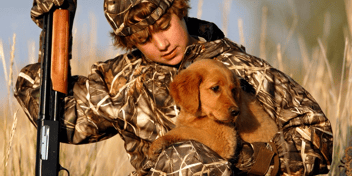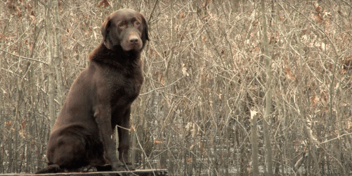
Pheasant season is upon us and experiencing that time in the field with a working dog is one of the greatest hunting pleasures. While most hunting excursions are uneventful, it is extremely important to ensure your dog’s safety and comfort- aka how to care for your dog in the field.
Let’s face it, no one wants additional veterinary bills, but most importantly no one wants their pup to experience any suffering.
Here are some quick and easy field tips to keep your dog a happy and healthy hunter:
Weight Check
There is no denying that my dog, Thaddeus, packs on a bit of weight before the season. I often joke that he’s not fat, his skin just doesn’t fit right. But in all seriousness, it is physically stressful on your dog to carry around the extra weight and then to expect him to perform at a physical level he is not in shape to perform.
As dog's age, this increases the likelihood of cardiac problems and joint breakdown. It’s best to get your dog out regularly to exercise, run and play to get in hunting shape. If he is looking fat, meaning you cannot see ribs, cut back his food until he achieves a better weight level for his build. He will be much more comfortable on the hunt and this will keep him healthier in the long term.
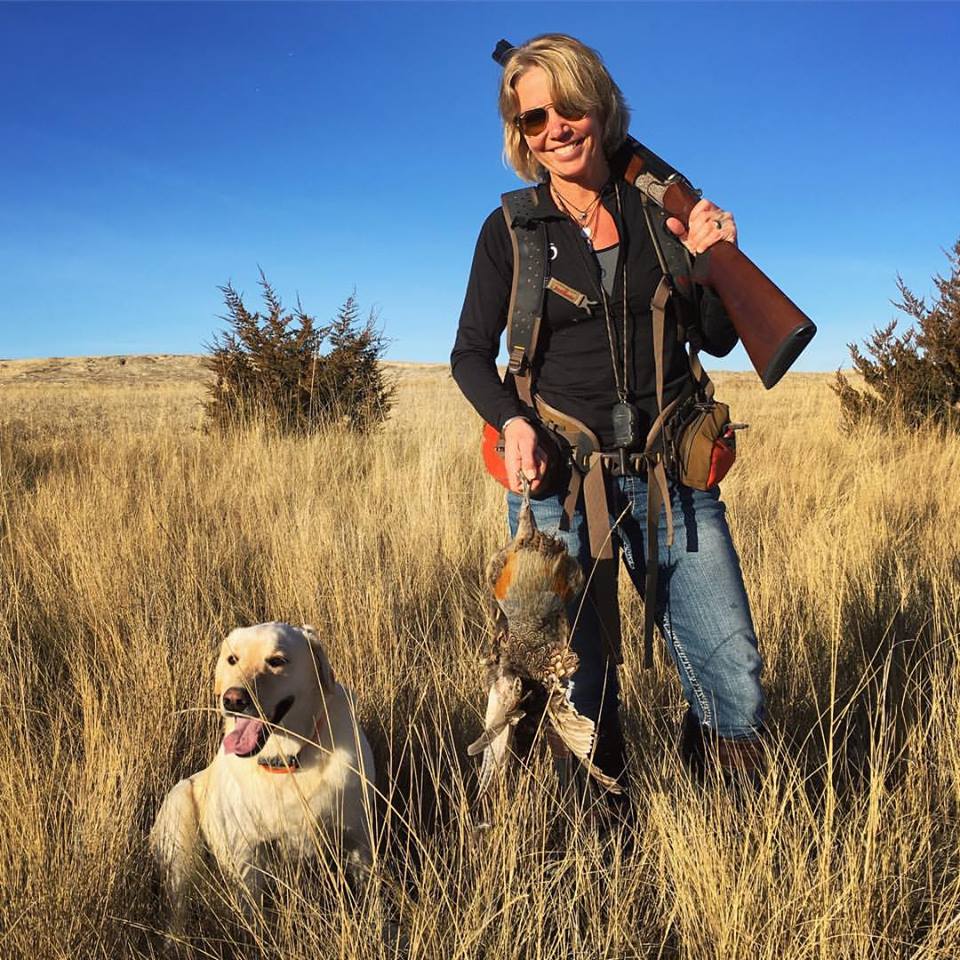
Water Check
Interestingly, I have hunted with folks who do not bring water for their dogs. Whether you pack water in your vest or stop at the truck periodically for water- your dog requires a lot of water to keep up with the exertion he is putting forth. Offer water and rest frequently and you will have a happier and healthier dog that will be able to hunt longer.

Ear Check
Pheasant hunting may occur in cornfields, milo, grass, or dang near any sort of vegetation that can create a cover for the birds. Seeds, thorns, and grasses may find their way into your dog's ears resulting in trauma and infection. Take a few minutes to check ears after your hunt is over to remove any debris.
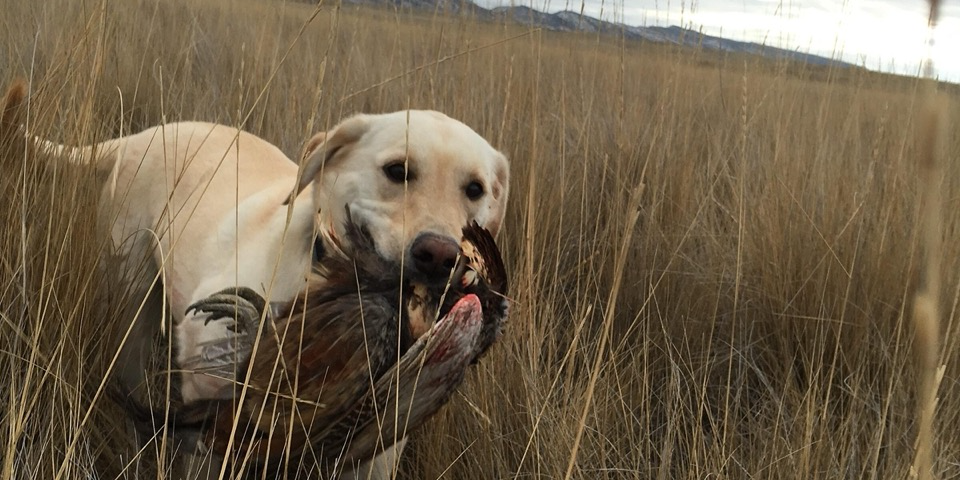
Foot Check
Dogs can cover a huge amount of ground during a hunt. It’s not at all uncommon for them to get small lacerations, pull toenails or get foreign bodies between the pads. Take a few minutes to search your dog's feet for any injury or objects.
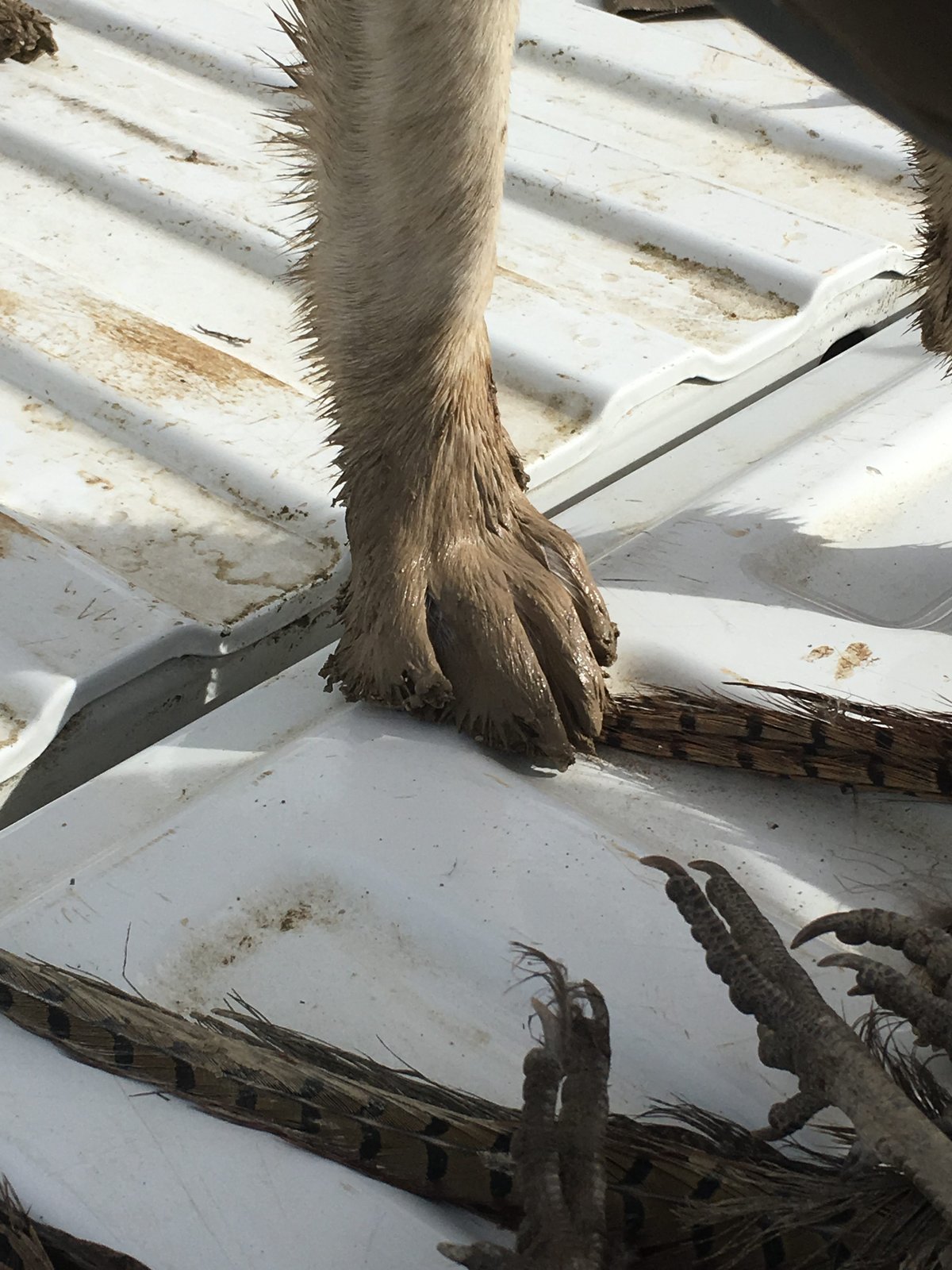
Heat Check
While a good portion of the upland seasons is in cooler weather, it is extremely important to watch your dog for signs of heat exhaustion if the weather is warmer. Signs of heatstroke can be rapid panting, weakness, a very red and swollen tongue, excessive salivating, diarrhea, and vomiting. Stop all activity and cool the dog down. Provide water immediately.
Cold Check
While your dog will typically remain warm during the exertion of the hunt, be sure to check on your dog if he is in a kennel or unheated trailer. Temperatures can cool rapidly. If you find your pup shivering, warm him as soon as possible. Also, avoid any submersion in water in cold weather to avoid hypothermia.
Gun Check
As obvious as this seems, I have seen it happen…a dog can easily be shot in the field. Remember that a shot expansion goes about six feet wide. Aim at the blue sky only. No ground shots. Be aware of your dog's location at all times.
Age Check
While our pups age physically, often their desire to hunt and please does not diminish. However, pay close attention as your dog ages. Long hunts are not only hard on their joints, it’s hard on their entire system. If you wish to take out your aging dog, limit the hunts to small drives and good weather.
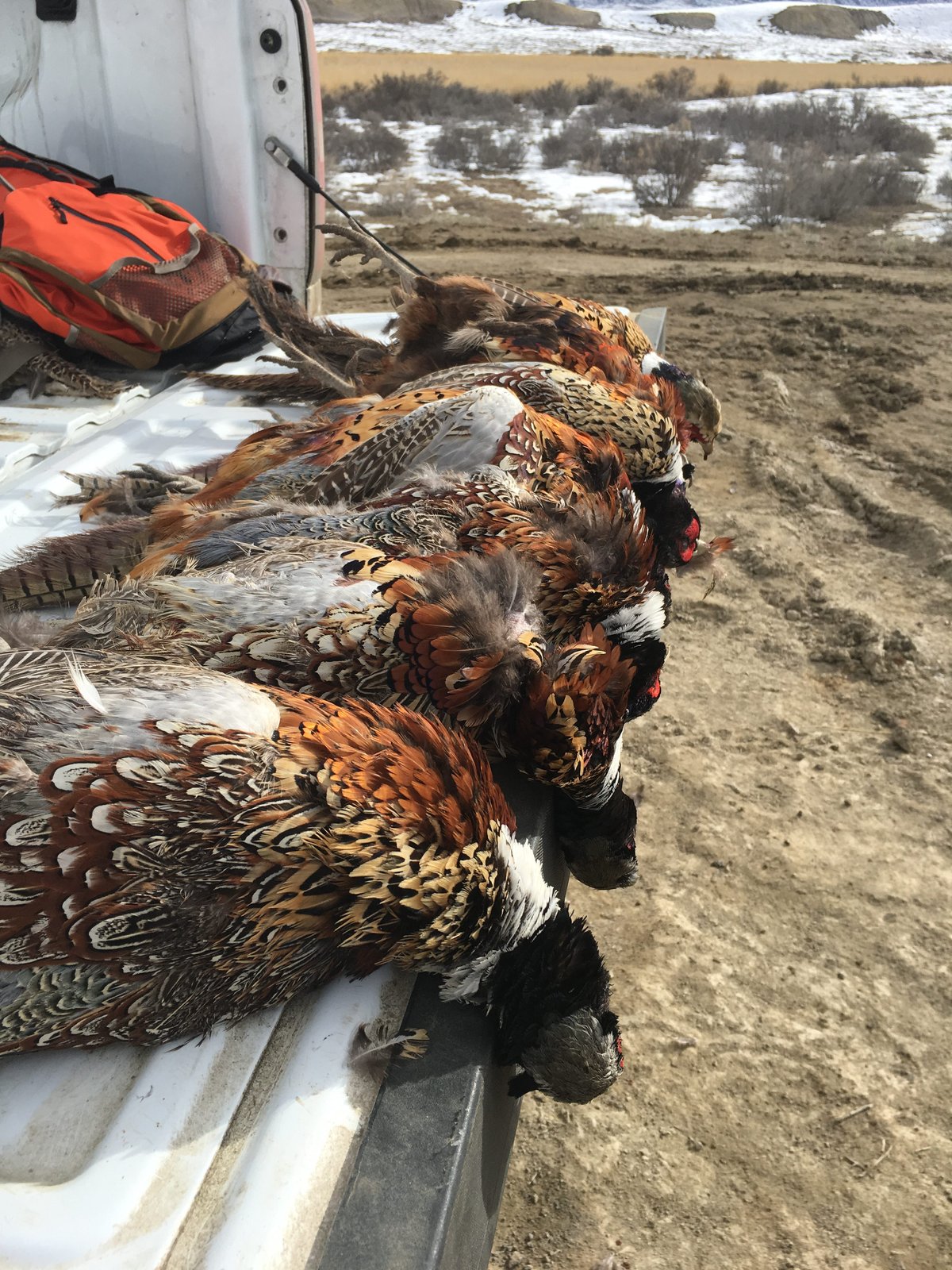
We all love our dogs and hunting them in the field is nothing but pure happiness for both dog and human. Paying close attention to our faithful companions will help keep them happy and healthy and ready to roll for the next hunt!
Happy hunting!
Need more tips? Check out this free Mossberg eBook!
About the Author
